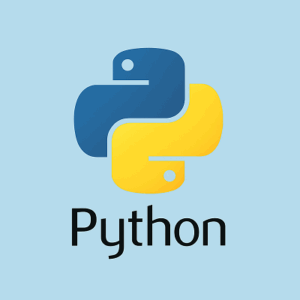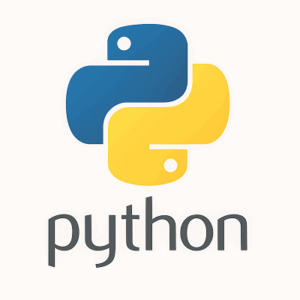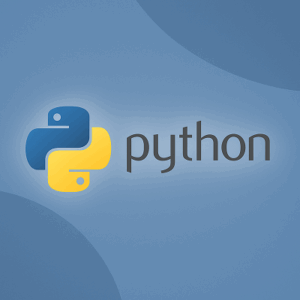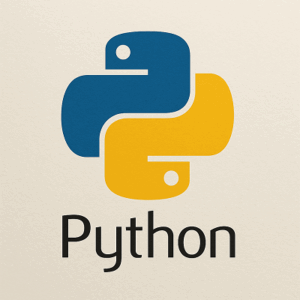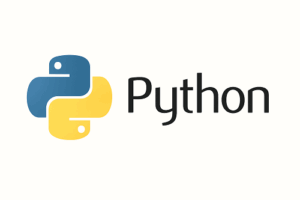Pandasは行や列を扱うので、次のような場面でforループが使われます。
- DataFrameの行を1つずつ処理したいとき
- 新しい列を作成したいとき
- 条件分岐でデータを分類したいとき
- 複雑なロジックで行ごとの処理が必要なとき
ただし、PandasやNumPyは「ベクトル化」によってまとめて処理するのが得意なので、forループは「理解のため」「少量データの処理」「どうしても複雑な処理が必要なとき」に限定するのが基本です。
目次
Pandasでよく使うforループの方法
iterrows() を使う
行を1つずつ (index, Series) として取り出す方法です。
import pandas as pd
df = pd.DataFrame({
"name": ["Alice", "Bob", "Charlie"],
"age": [25, 30, 35]
})
print("=== iterrows() を使った行ループ ===")
for index, row in df.iterrows():
print(index, row["name"], row["age"])
特徴
- 簡単でわかりやすい
- ただし遅い(数万行を超えると効率が悪い)
- 行がSeriesになるので型が変わることがある
itertuples() を使う
行を namedtuple で取り出す方法。iterrows()より高速。
import pandas as pd
df = pd.DataFrame({
"name": ["Alice", "Bob", "Charlie"],
"age": [25, 30, 35]
})
print("=== itertuples() を使った行ループ ===")
for row in df.itertuples():
print(row.Index, row.name, row.age)
特徴
- 高速で型も保持されやすい
- 列は属性でアクセスできる(例:
row.age) - 大量データ処理ならこちらが推奨
iloc / loc とforループ
行番号を使って直接アクセスする方法。
import pandas as pd
df = pd.DataFrame({
"name": ["Alice", "Bob", "Charlie"],
"age": [25, 30, 35]
})
print("=== iloc / loc を使った行ループ ===")
for i in range(len(df)):
print(df.loc[i, "name"], df.loc[i, "age"])
特徴
- Pythonリスト的に使える
- しかし処理は遅くなりやすい
forループの実用例
新しい列を作成
import pandas as pd
df = pd.DataFrame({
"name": ["Alice", "Bob", "Charlie"],
"age": [25, 30, 35]
})
print("=== forループで新しい列を追加 ===")
df["age_plus_10"] = None
for i in range(len(df)):
df.loc[i, "age_plus_10"] = df.loc[i, "age"] + 10
print(df)
条件分岐で列を追加
import pandas as pd
df = pd.DataFrame({
"name": ["Alice", "Bob", "Charlie"],
"age": [25, 30, 35]
})
print("=== forループで条件分岐 ===")
df["status"] = None
for index, row in df.iterrows():
if row["age"] > 30:
df.loc[index, "status"] = "senior"
else:
df.loc[index, "status"] = "junior"
print(df)
forループを避ける方法(高速化)
Pandasでは ベクトル化 で書き換えるのが基本です。
apply() を使う
import pandas as pd
df = pd.DataFrame({
"name": ["Alice", "Bob", "Charlie"],
"age": [25, 30, 35]
})
print("=== apply を使った処理 ===")
df["status"] = df["age"].apply(lambda x: "senior" if x > 30 else "junior")
print(df)
np.where() を使う(さらに高速)
import pandas as pd
import numpy as np
df = pd.DataFrame({
"name": ["Alice", "Bob", "Charlie"],
"age": [25, 30, 35]
})
print("=== np.where を使った処理 ===")
df["status"] = np.where(df["age"] > 30, "senior", "junior")
print(df)
数値計算はベクトル化
import pandas as pd
df = pd.DataFrame({
"name": ["Alice", "Bob", "Charlie"],
"age": [25, 30, 35]
})
print("=== ベクトル化で数値計算 ===")
df["age_plus_10"] = df["age"] + 10
print(df)
forループより数十倍高速になることも多いです。
forループを使うべき場合
- データが小規模(数百行程度)で速度より可読性を重視したいとき
- ベクトル化やapplyでは表現しにくい 複雑な処理
- デバッグで「行ごとに確認」したいとき
まとめ
- Pandasでforループは使えるが「基本は非推奨」
- 行を扱うときは
iterrows()よりitertuples()が速い - 本格的な処理は ベクトル化 (
+,*,np.where,apply) を活用すべき - ただし可読性や特殊処理のときにはforループも選択肢になる
以上、PythonのPandasのforループについてでした。
最後までお読みいただき、ありがとうございました。


